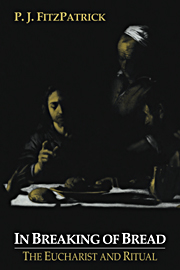6 - ‘Corpus mysticum’
Published online by Cambridge University Press: 05 November 2009
Summary
TWENTY YEARS AFTER
It is, more or less, as I begin this final chapter in 1991. Hans Küng's attack on the common notion of infallibility in the Church was published in 1970, its English translation in 1971. In 1972 Karl Rahner edited a volume of essays by various theologians who were in various degrees critical of Küng's position; it included a reprint of Rahner 1971, his own original dissent from Küng. In 1973 was published Küng's massive riposte: a collection of contributions from different authors, preceded and followed by essays from Küng himself, and terminated by a prodigious bibliography of the whole controversy. The tumult and the shouting dies, and readers may be assured here and now that I have no intention of appraising the debate and its ramifications. What concerns me in it is what will concern me in other debates and disagreements we are going to meet in this final chapter – the nature and the implications of what is being debated.
I wrote at the start of the preceding chapter that three themes had emerged from what had gone before, would become ever more conspicuous in what lay ahead, and could not be kept apart: the relation between the ritual and belief, the relation between present and past and the relation between the two senses of corpus mysticum. So it has proved. My dissatisfaction with older and newer accounts of the eucharistic presence went with my proposal to approach the ritual of the Eucharist in ritual terms, not in terms drawn from categories resembling natural science, or from personal relations. But this ‘Way of Ritual’, as I called it, involved an examination of how past and present stand to each other.
- Type
- Chapter
- Information
- In Breaking of Bread , pp. 247 - 381Publisher: Cambridge University PressPrint publication year: 1993

